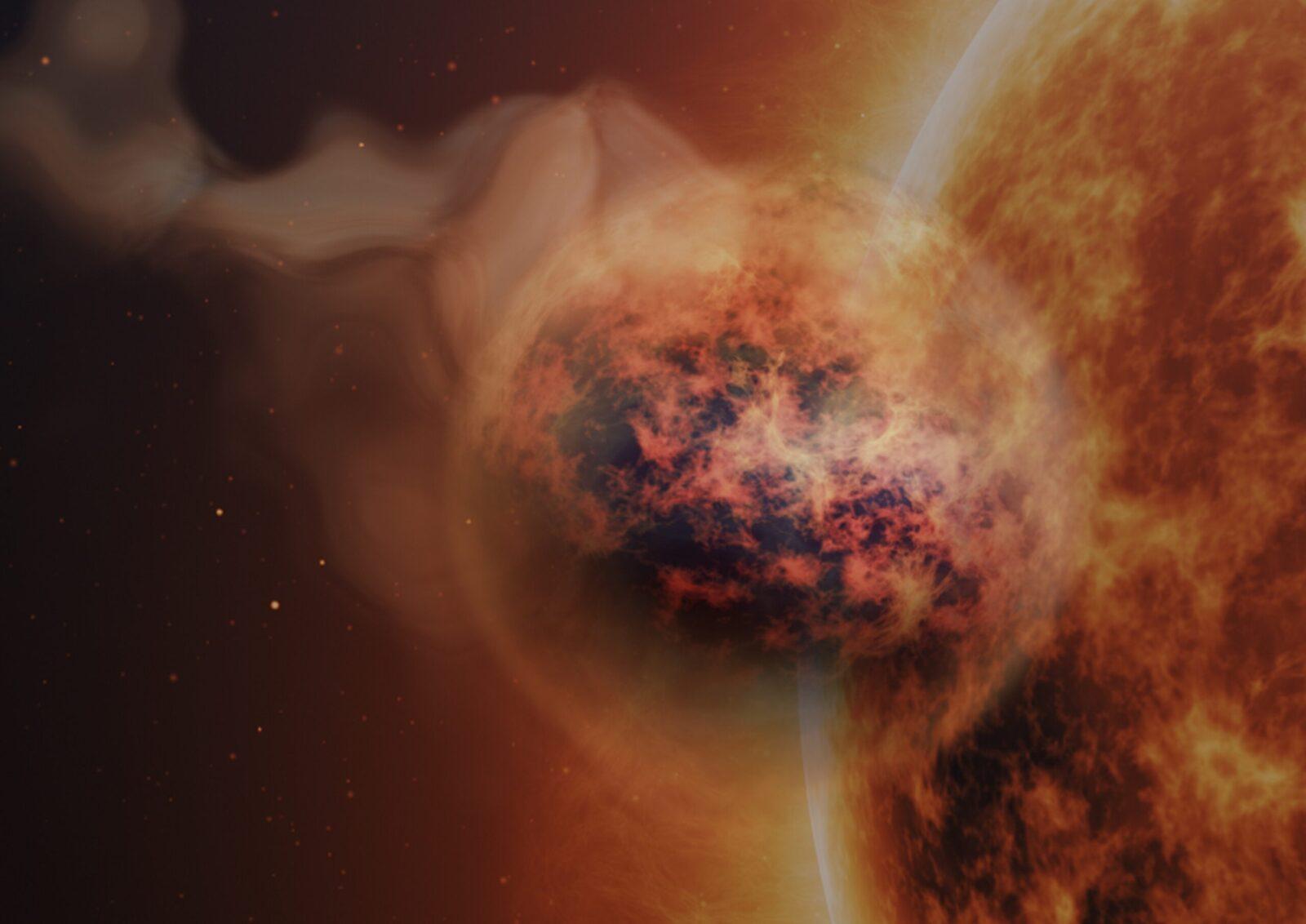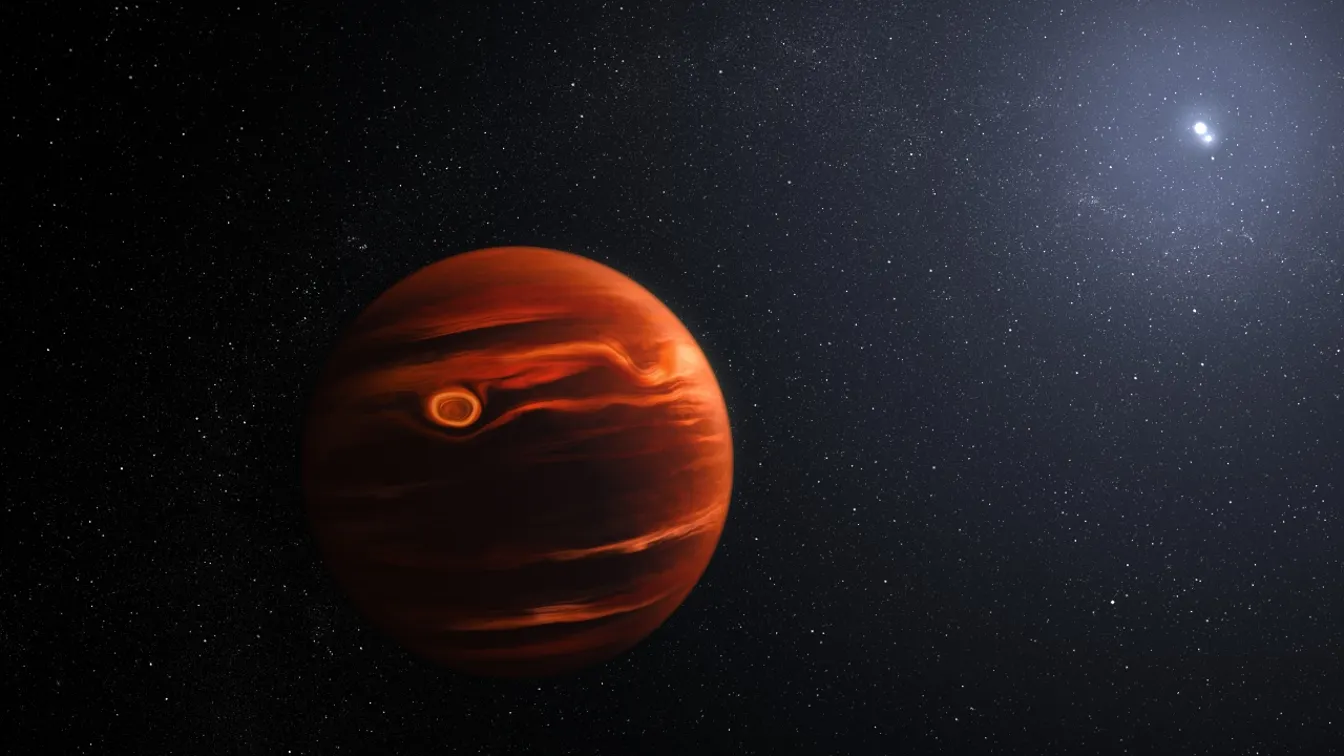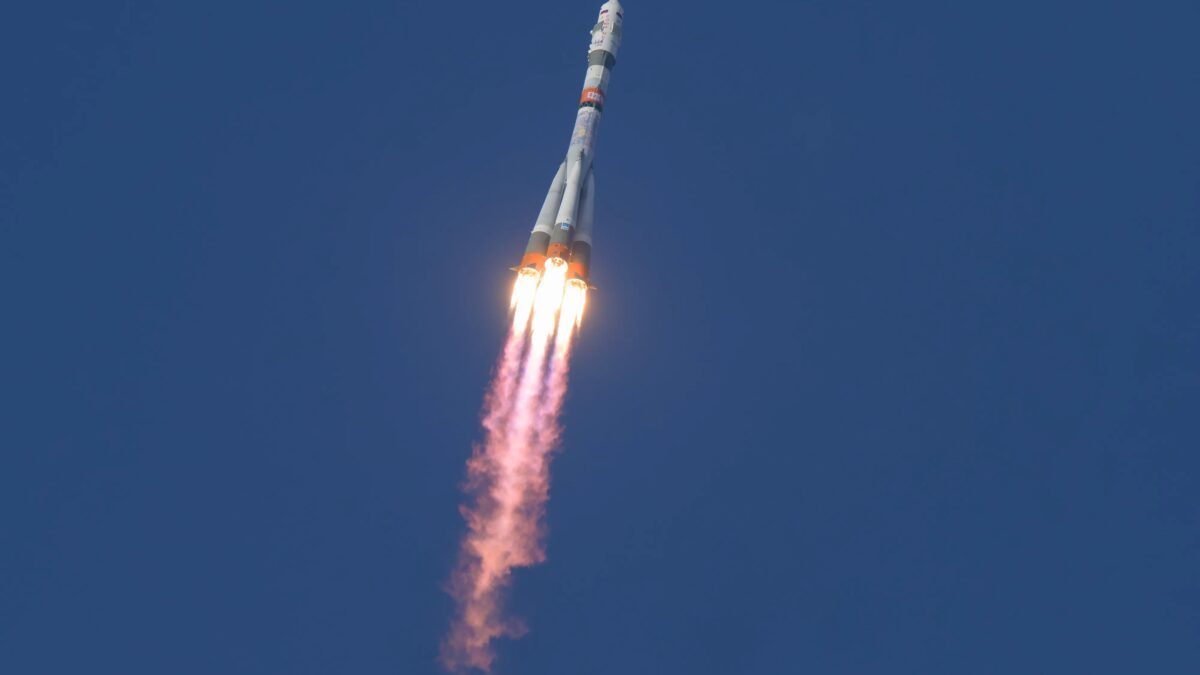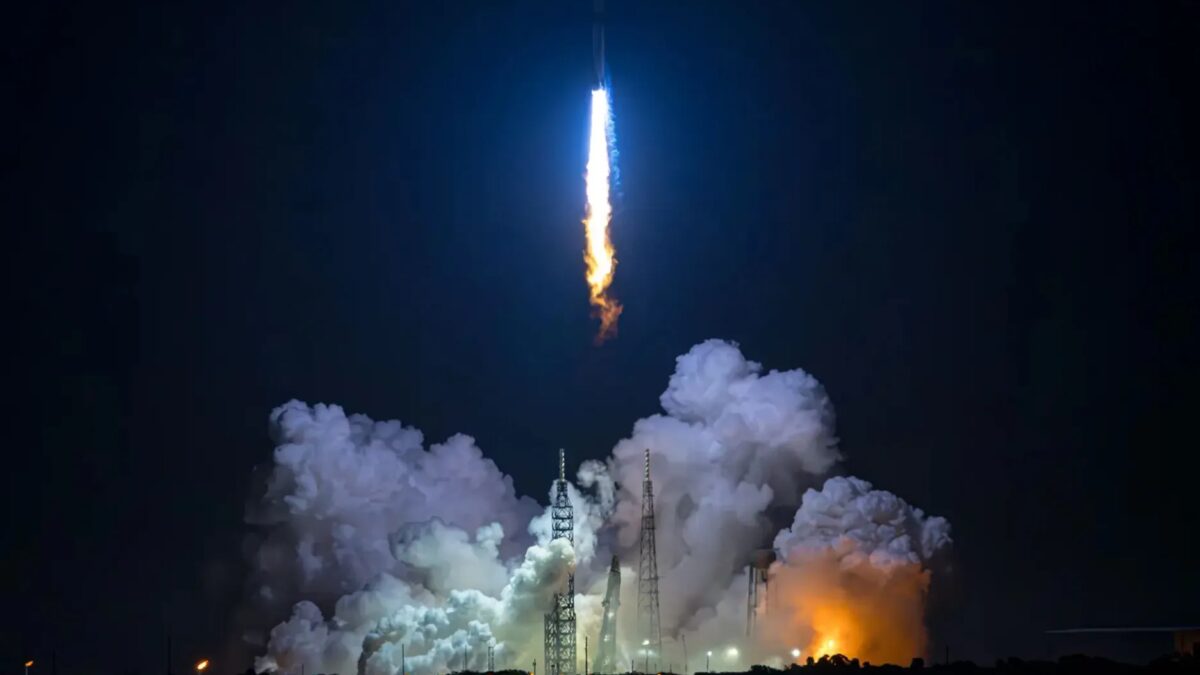“The James Webb has detected sand clouds on an exoplanet.

Astronomers using the “James Webb” — space telescope, designed to explore the far reaches of the early universe, were able to study in detail the atmospheric composition of WASP-107b — an exoplanet located 200 light years away from us. After analyzing the data, scientists found water vapor, sulfur dioxide and even sand clouds in the atmosphere of this planet. This result is of great importance in studying the diversity of chemistry on exoplanets.
WASP-107b is an interesting object to study because of its low density and unique characteristics. Although the planet is relatively large in size (about the size of Jupiter), its mass is only 12% of that of the gas giant. In addition, WASP-107b orbits its parent star, which is slightly cooler and smaller than our Sun, in just six days.
WASP-107b takes only six days to orbit around its parent star, which is slightly cooler and smaller than our Sun.
The interesting factor behind the “fluffiness” of this exoplanet is its low density, which has allowed astronomers to look much deeper into the atmosphere than dense planets like Jupiter.
Scientists were surprised to find sulfur dioxide in WASP-107b’s atmosphere, given that its parent star emits small amounts of high-energy photons. However, due to the planet’s low density, these photons can penetrate deep into the atmosphere, triggering chemical reactions that lead to the formation of sulphur dioxide.
Scientists were surprised to find that WASP-107b’s atmosphere is low in energy.
Besides sulfur dioxide, astronomers have detected the presence of sand clouds in the exoplanet’s upper atmosphere. They hypothesize that these clouds form similarly to clouds on Earth, where droplets of sand rain condense and fall, then rise up again to form new clouds.
They suggest that these clouds are formed similarly to clouds on Earth, where drops of sand rain condense and fall, then rise up again to form new clouds.
They hypothesize that these clouds are formed similarly to clouds on Earth.









